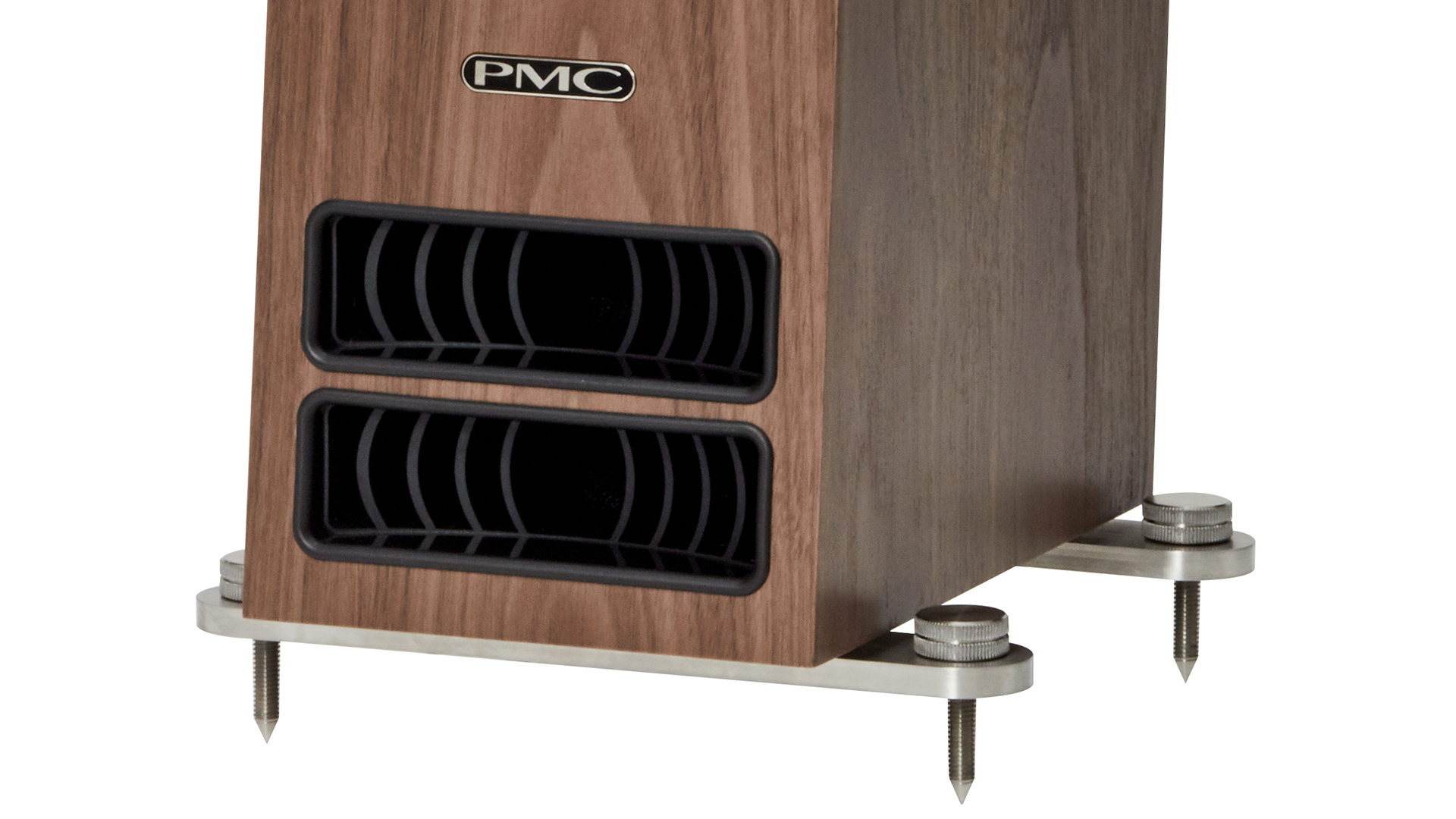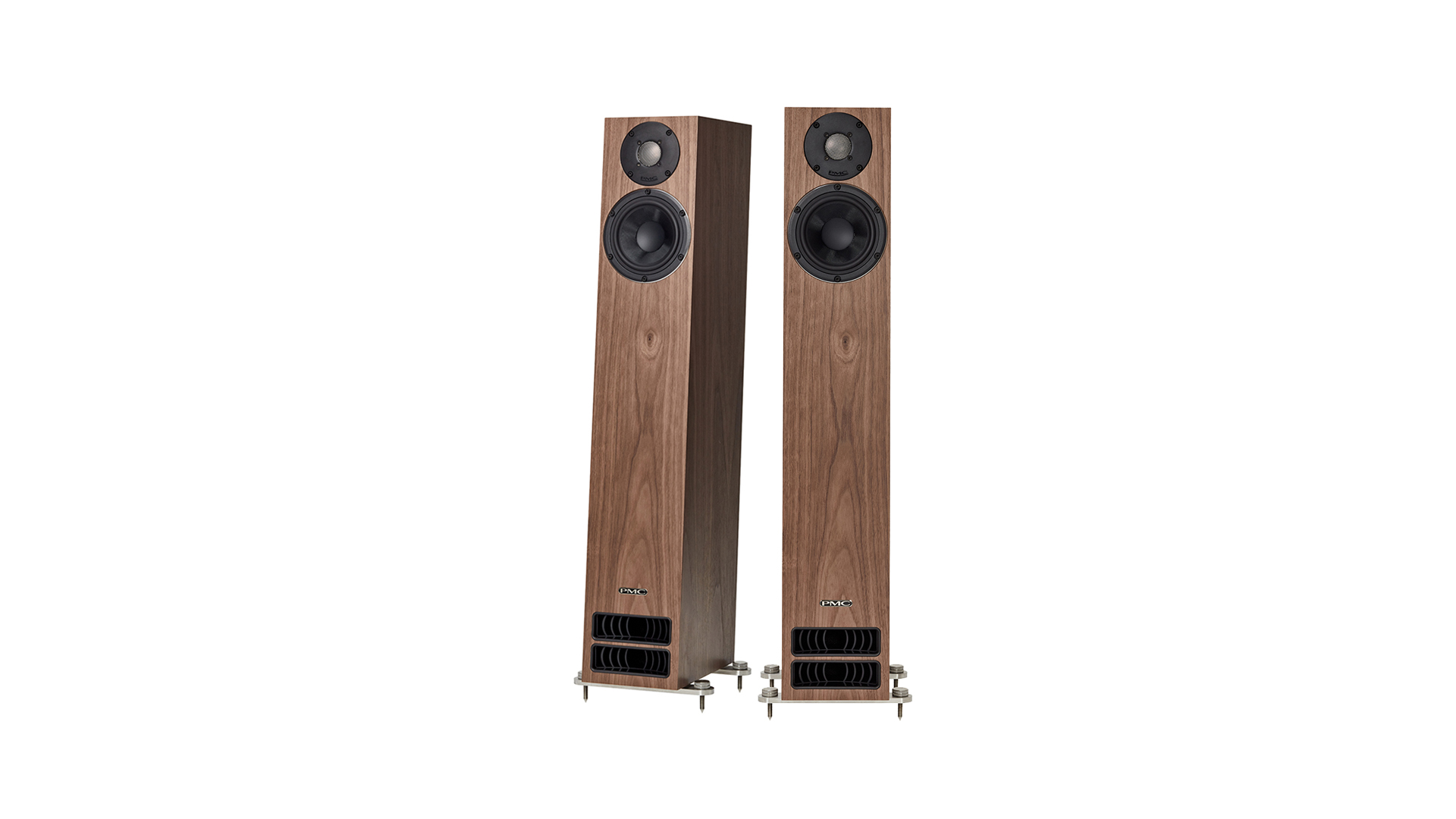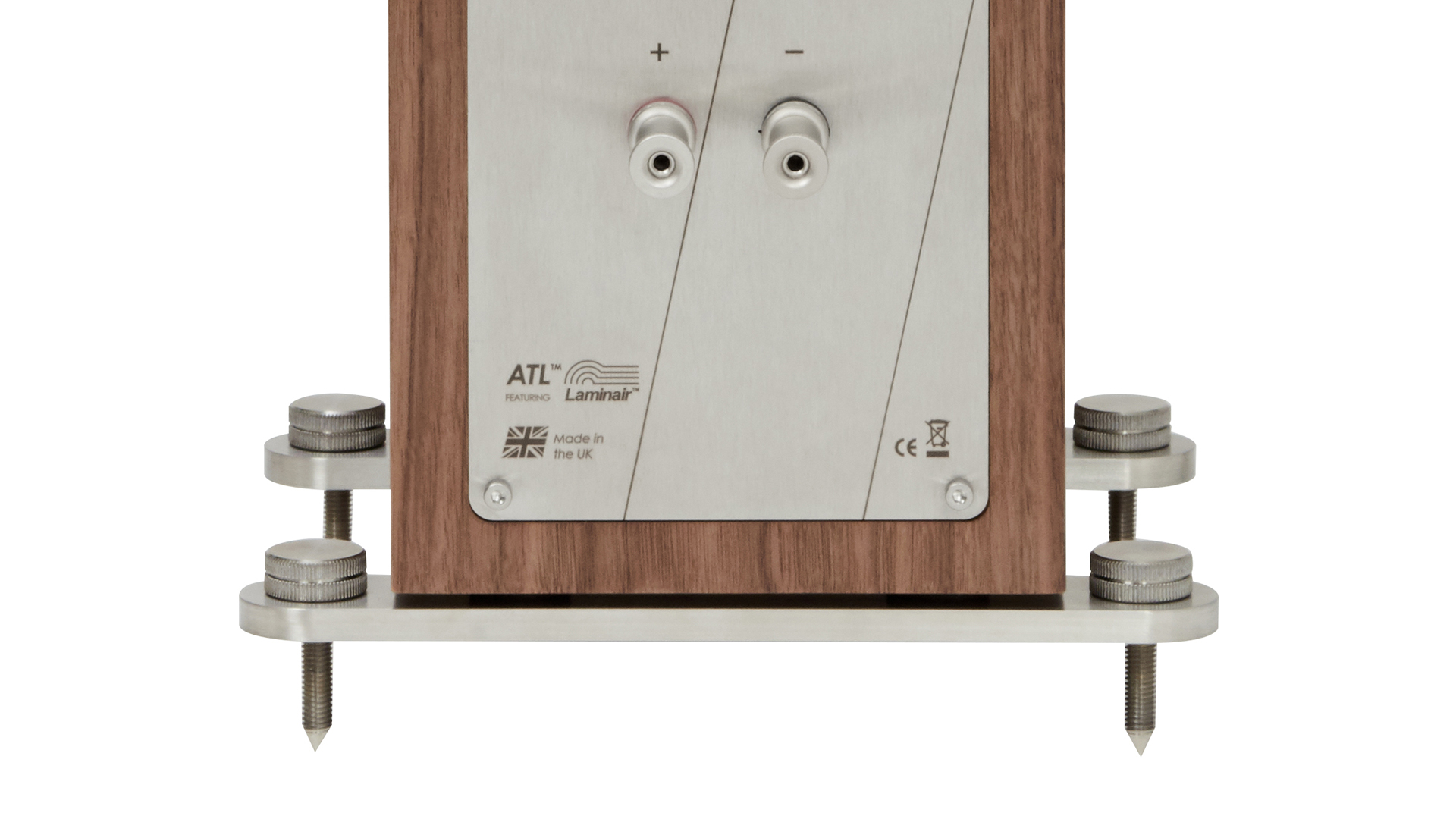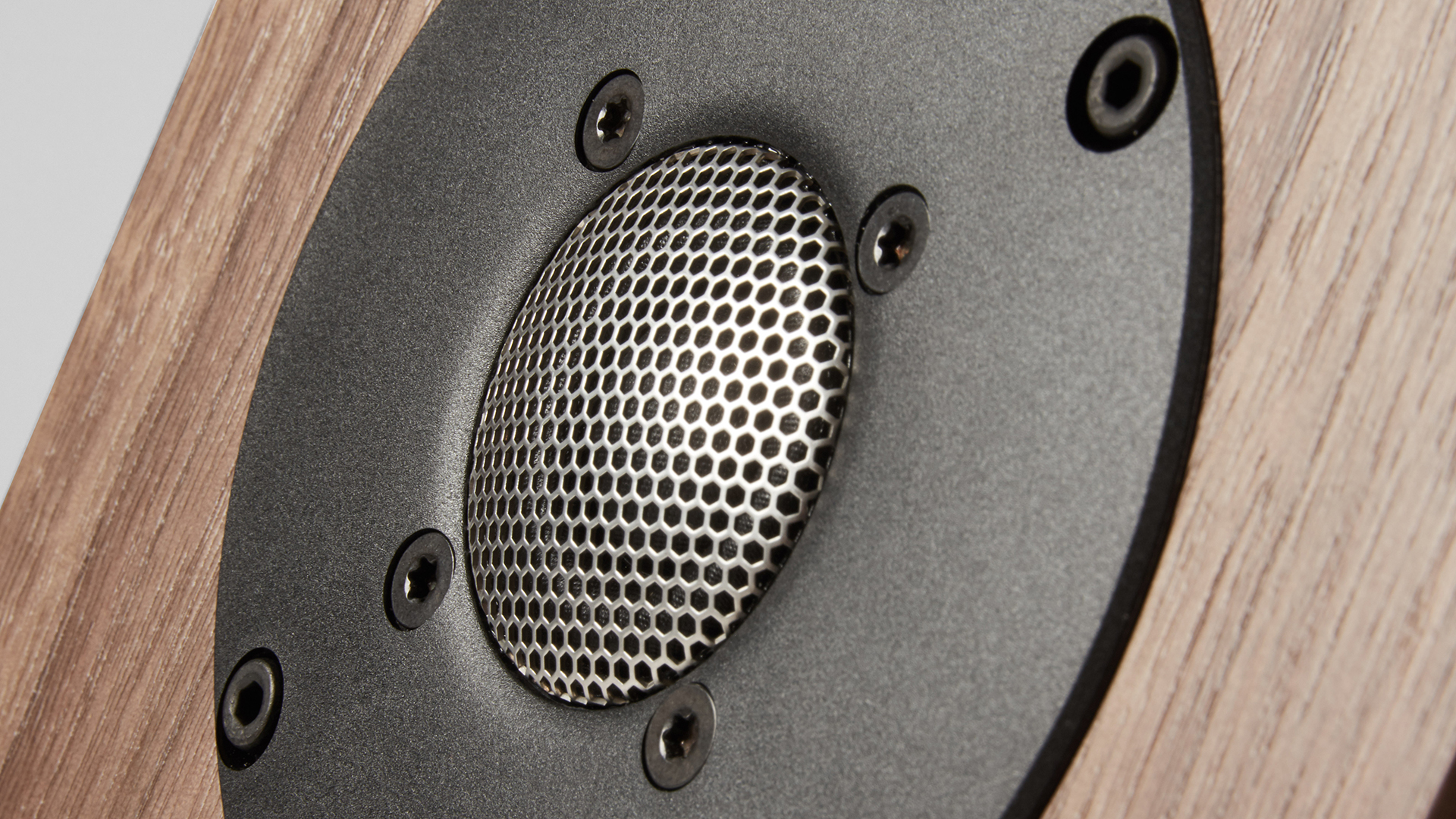What Hi-Fi? Verdict
The PMC Twenty5.23is remain a fine option if you’re after a pair of premium compact floorstanders, but they no longer represent class-leading value
Pros
- +
Impressive clarity
- +
Articulate nature
- +
Excellent build
Cons
- -
Price hike over previous generation
- -
Face more capable competition
- -
Lack sonic authority
Why you can trust What Hi-Fi?
If you’re looking for premium compact floorstanders, the PMC Twenty5.23is could be the ideal towers for you. They’re superbly made, sonically capable and easy to accommodate even in small rooms.
But there’s a catch, and that’s the price. It’s gone up by around a third for this new version and that means the 23is are up against even tougher competition than their predecessors.
Build

We love the Twenty5 23i’s form factor. They’re such a neat design and are built beautifully. Thanks to extensive internal bracing, the compact cabinet feels impressively rigid and it has nice, crisp edges. It’s available in four standard finishes – walnut, oak, white silk and diamond black – and looks smart in all of them.
PMC has paid much attention to detail here, with things such as the metal plinths that are decoupled from the cabinet with damping rings and the nicely engineered single-wire speaker terminals.

Finishes x4
Crossover frequency 1.7kHz
Frequency response 28Hz to 25kHz
Impedance 8 ohms
Sensitivity 86.5dB
Dimensions (hwd) 90.7 x 16.2 x 33cm
Weight 15kg
The big news here is the new tweeter. This was co-engineered with drive unit specialist SEAS, and applies lessons learnt from the development of PMC’s range-topping Fenestra floorstanders, which cost £55,000 ($65,000, AU$120,000).
The result is a 19mm Sonomex soft dome with an extra-wide surround. The idea is to match the dispersion advantages of a smaller dome – most are around 25mm – but with the extended low-end response, greater sensitivity and higher output levels of something larger. Even the perforated grille has been redesigned to help performance.
The move to this tweeter allows PMC to re-calibrate the crossover network and drop the crossover frequency from 1.8kHz to 1.7kHz. It may only be a small difference, but it all adds up.
The 14cm mid/bass driver carries over unchanged. It uses a woven glass fibre cone that is claimed to be immensely strong and well controlled. As expected, it’s a vented, long-throw design that’s designed to cope with large power inputs.
PMC has always promoted transmission line bass loading over the use of reflex ports or sealed cabinets, and things are no different here. The idea is that the rear-firing sound from the mid/bass driver passes through a folded path inside the speaker cabinet.
This path is carefully lined with damping materials so that all but the lowest frequencies are absorbed. These frequencies exit from the opening at the base of the front panel and augment the bass from the drive unit. It’s important to note that the transmission line’s output is in-phase with the drive unit.
Great care has been taken to ensure that the airflow from the open end of the transmission line is as smooth as possible to ensure that no unwanted noises or distortions are generated. This is where the shaped vents at the opening come into play.
Compatibility

These Twenty5.23is prove as unfussy as their predecessors when it comes to positioning. If anything, they are even easier to place thanks to an impressively coherent presentation that stays consistent as we move away from our listening sweet spot. That reflects well on the new tweeter design and the care taken over the crossover calibration.
While it’s possible to use the 23is close to a rear wall, we prefer to have them around 50cm into the room, slightly angled in so that they cross just behind our listening position. This gives a wonderfully crisp and layered stereo image.
Any speakers at this level positively demand a top class system. There’s no point in having these if your source or amplification aren’t talented enough to make the most of them. We use our reference Naim ND555/555 PS DR music streamer along with Burmester’s 088/911 Mk3 pre/power for the bulk of this test, but also give Naim’s SuperNait 3 a try to see how the speakers work with something more price-compatible.
Sound

There’s no doubt that these PMCs are significantly clearer and more transparent than their much-admired predecessors. We play Nick Cave’s Push The Sky and the 23is sound stunning. We love their clarity and the articulate way they track Cave’s distinctive voice. This is an agile and precise presentation, one that is packed full of detail without sounding over-etched or forward.
We also like their expressive nature and the way they can hold our attention even at lower volumes. This is something to take note of if you listen late at night or are worried about disturbing your neighbours.
These floorstanders are good with rhythms too, conveying the momentum of tracks such as Mermaids well. There’s a good amount of punch and more bass weight than the small cabinet and mid/bass driver might lead you to expect.
We switch to Bizet’s Carman Suite No.2 and are impressed by the PMC’s organisation and composure. They’re highly revealing, but manage to assemble all that information in a musical and cohesive way.
Tonally, there’s little to complain about here. The Twenty5.23is are a touch lean but sound pretty even across the frequency range. Avoid forward or aggressive sounding partnering electronics and you’ll be fine.
These towers are pleasingly dynamic for their small stature, but they’re no match for bigger rivals that deliver more in the way of dynamic contrast and authority. It simply comes down to physics with larger drivers and cabinets able to do more in these respects.
Listen to large-scale orchestral works or any kind of music that demands a muscular delivery and the shortfall compared to the very best is obvious.
Verdict
These 23is are clearly better than their predecessors, and if you are after high quality small floorstanders, they would still be high up on our list of recommendations. But, the hefty price hike means that we’re no longer so forgiving of their innate limitations. So, four stars it is.
SCORES
- Sound 4
- Compatibility 5
- Build 5
MORE:
Read our guide to the best hi-fi speakers
Read our PMC Twenty5.23 review
What Hi-Fi?, founded in 1976, is the world's leading independent guide to buying and owning hi-fi and home entertainment products. Our comprehensive tests help you buy the very best for your money, with our advice sections giving you step-by-step information on how to get even more from your music and movies. Everything is tested by our dedicated team of in-house reviewers in our custom-built test rooms in London, Reading and Bath. Our coveted five-star rating and Awards are recognised all over the world as the ultimate seal of approval, so you can buy with absolute confidence.

